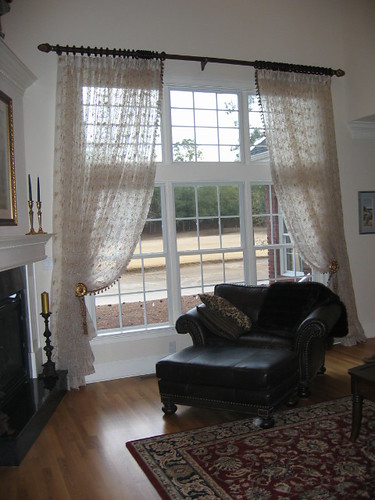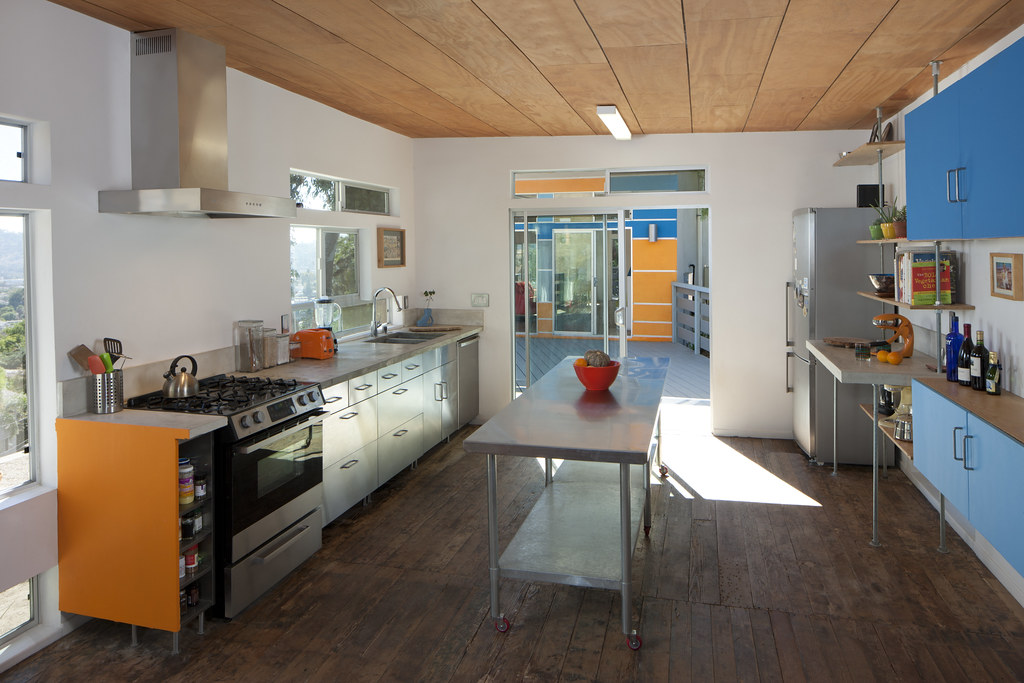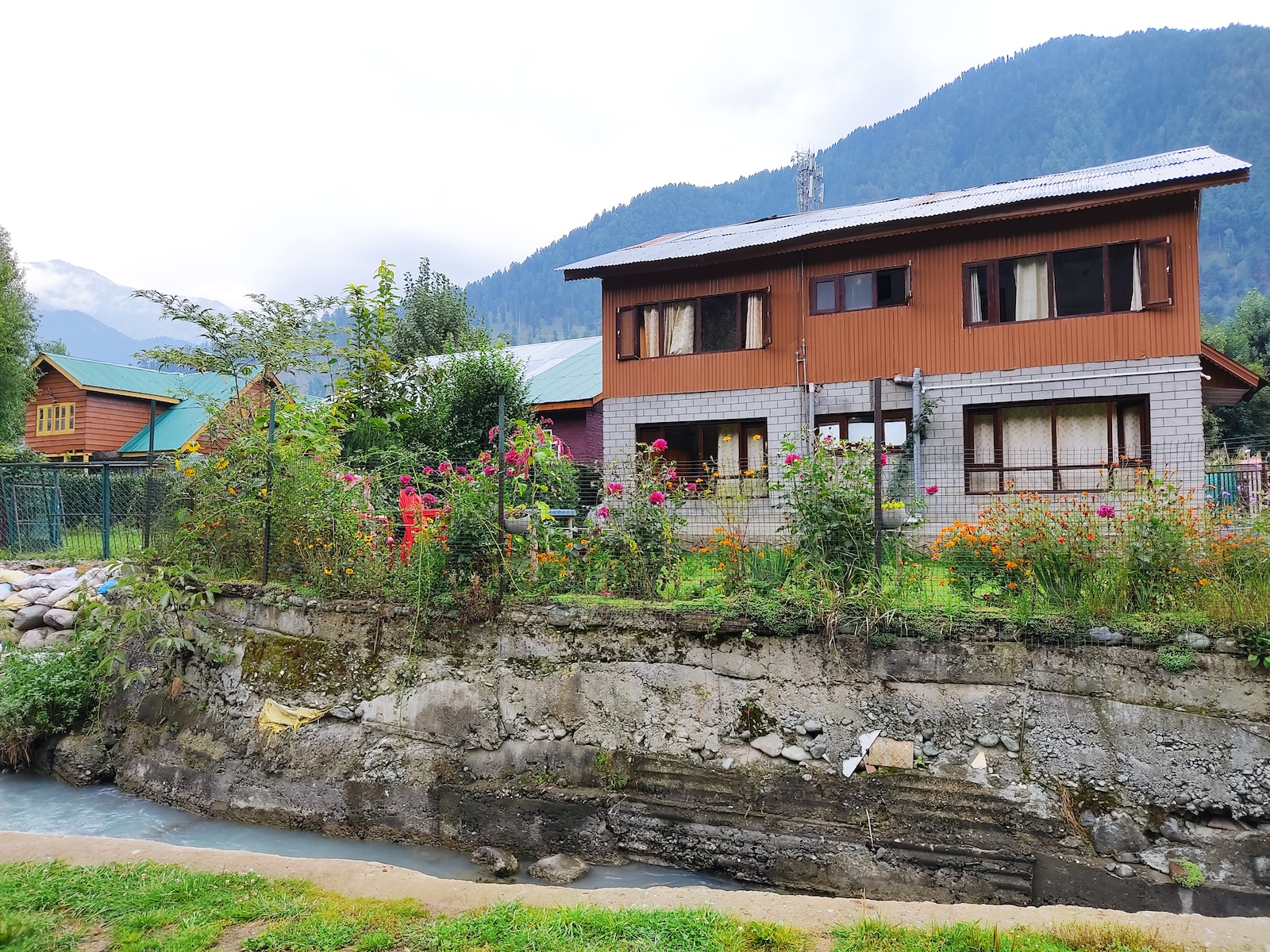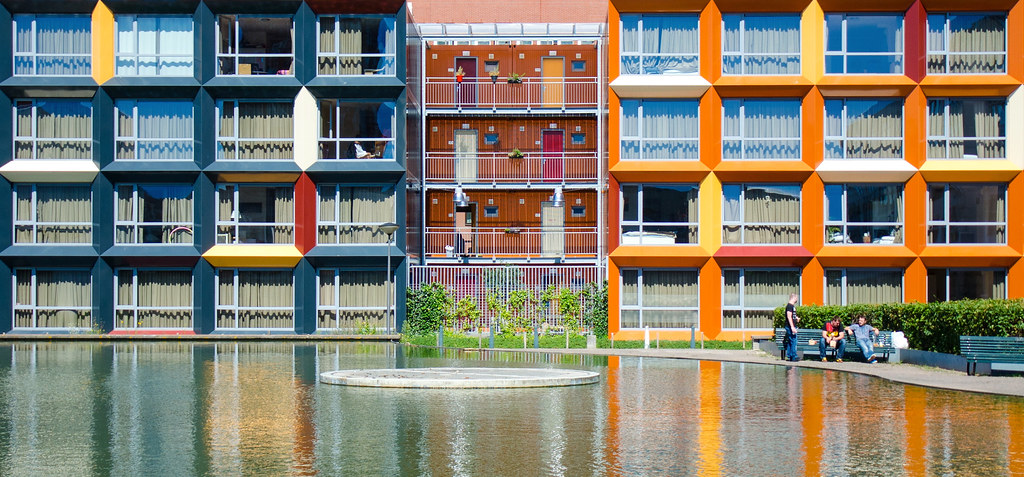Hello, fellow container home enthusiasts! I’m Emily Owens, your friendly neighborhood container home aficionado, and today, we’re diving deep into the world of DIY container home builds. Whether you’re a seasoned DIYer or a newbie just dipping your toes into the shipping container housing trend, I’ve got a treasure trove of tips and tricks to help you make your container home project a smashing success.
Start with a Solid Plan
Before you start stacking containers and wielding a welding torch like a pro, take some time to create a detailed plan. Sketch out your dream container home layout, including the number of containers you’ll need, the placement of doors and windows, and the interior design. A well-thought-out plan will save you time, money, and frustration down the road.
Choose the Right Containers
Not all shipping containers are created equal. When hunting for containers, look for those in good structural condition. Pay attention to dents, rust, and signs of previous wear and tear. You don’t want any surprises when you’re mid-construction.
Permits and Regulations
Don’t forget to check with your local zoning regulations and obtain the necessary permits before you begin construction. Each municipality may have its own rules and requirements for container homes, so it’s crucial to do your homework.
Foundation Matters
Your container home is only as strong as its foundation. Ensure that your foundation is level, stable, and appropriately designed to support the weight of the containers. A well-constructed foundation is essential for safety and longevity.
Insulation is Your Friend
Shipping containers are notorious for their poor insulation. You’ll want to insulate your container home properly to ensure comfort year-round. There are various insulation options available, such as spray foam or rigid foam boards, so choose the one that suits your climate and budget.
Cut Smartly
When it comes to modifying shipping containers, precision is key. Invest in a good quality angle grinder and cutting tools. Measure twice, cut once – because once you’ve sliced a hole in your container, there’s no going back!
Embrace Natural Light

One of the great advantages of container homes is the flexibility to design your windows and doors where you want them. Maximize natural light to make your space feel open and inviting. Large windows can also provide passive solar heating, reducing energy costs.
Reinforce for Structural Integrity
Cutting holes in containers can weaken their structural integrity. To compensate, use steel reinforcements like beams or tubing to maintain the container’s strength. Safety should always be a priority.
Get Creative with Interiors
Container homes may have a reputation for being utilitarian, but that doesn’t mean you can’t get creative with your interior design. Explore space-saving ideas like built-in furniture and multifunctional elements to make the most of your compact living space.
Plumbing and Electrical Considerations
Plan your plumbing and electrical systems carefully. Think about where you want your kitchen and bathroom fixtures and ensure you have a well-designed electrical layout to accommodate your appliances and lighting.
Roofing Solutions
Don’t forget about the roof! Consider adding a roof garden, solar panels, or a rainwater harvesting system to make your container home more sustainable and energy-efficient.
Be Patient and Stay Flexible
DIY container home construction can be a long and sometimes challenging journey. Be patient with yourself, and don’t be afraid to adapt your plans as needed. It’s all part of the adventure!
Weatherproofing
Container homes are exposed to the elements, so invest in high-quality weatherproofing materials to protect your investment. Proper sealing, roofing, and exterior paint will keep your home looking great for years to come.
Budget Wisely

Container homes are known for their cost-effectiveness, but that doesn’t mean you can’t overspend. Create a budget and stick to it as closely as possible. Be prepared for unexpected expenses along the way.
Safety First
Last but certainly not least, prioritize safety throughout your DIY container home build. Wear appropriate safety gear, follow best practices, and enlist the help of professionals when necessary, especially for complex tasks like electrical work.
Remember, building your own container home is an adventure filled with unique challenges and rewards. It’s a chance to create a space that reflects your personality and values while reducing your environmental footprint. So, grab your hard hat, your welding gloves, and your sense of humor – you’re in for an exciting ride!
In the world of container homes, there’s always something new to learn and explore. Stay curious, stay safe, and most importantly, enjoy the journey of transforming a simple shipping container into your dream home. Happy building!





















Find Us on Socials